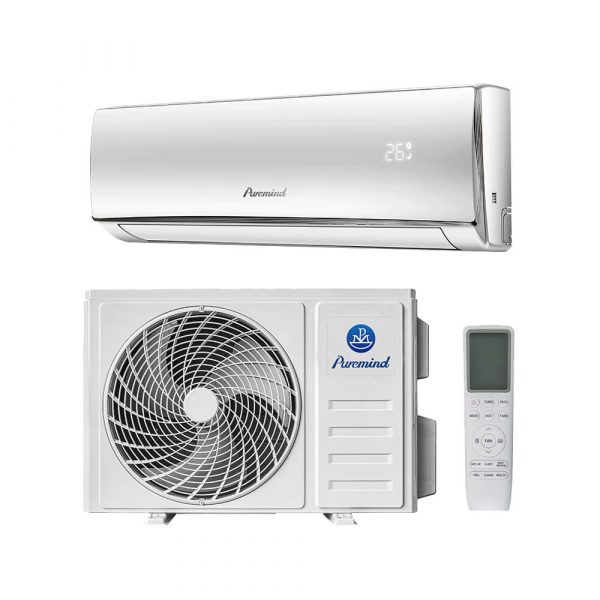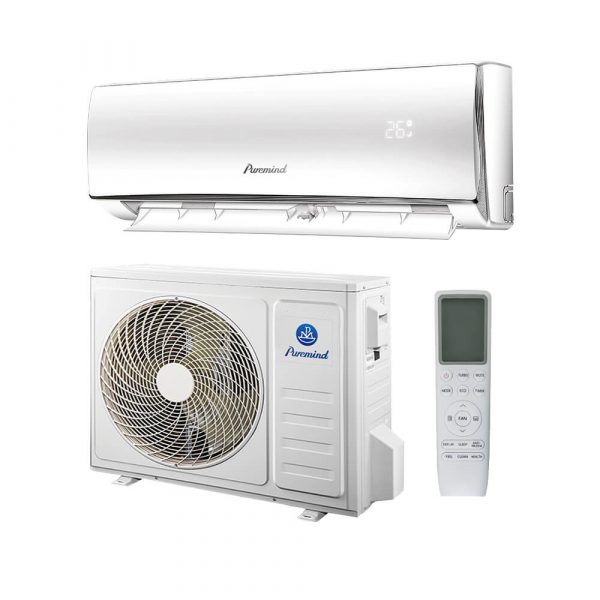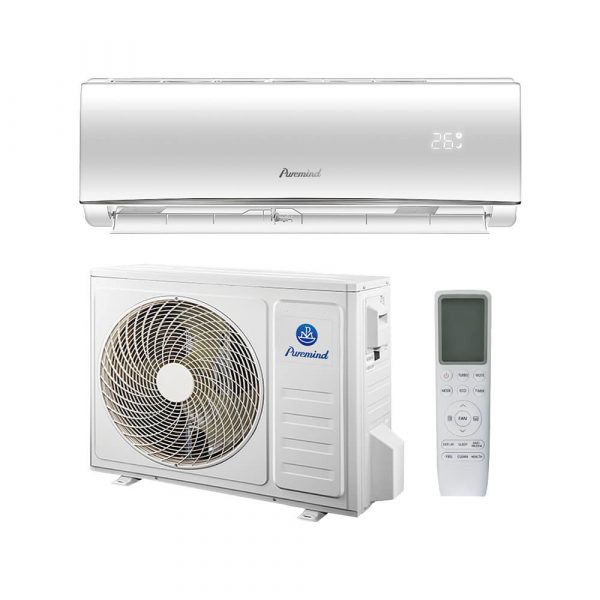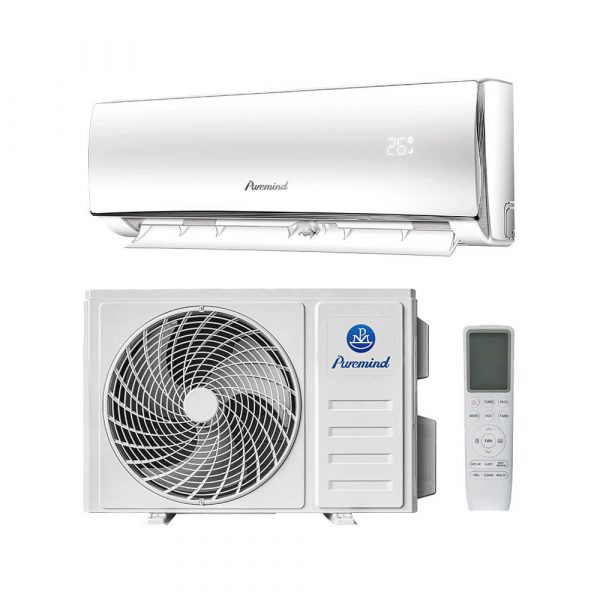How Much to Install a Split System Air Conditioner? – A Complete Distributor’s Guide
How much to install a split system air conditioner is one of the most common questions asked by homeowners, contractors, and commercial clients. For wholesalers, suppliers, and distributors, understanding installation costs is critical to providing accurate information and building stronger partnerships with HVAC professionals. This article explains average installation costs, the factors that influence pricing, and opportunities for distributors in the growing mini split market.
Introduction: Why Installation Costs Matter
As ductless HVAC systems grow in popularity, contractors are increasingly asked about both unit prices and installation expenses. Distributors who understand split AC installation costs can better serve their clients by offering transparent pricing insights. Installation costs vary widely based on system size, number of zones, labor rates, and complexity of the project.
Average Cost to Install a Split System Air Conditioner
The cost to install a split system depends on whether it is a single-zone or multi-zone setup, efficiency rating, and the complexity of the installation. On average, installation costs range between $1,500 and $6,000 in residential applications. Commercial installations can be significantly higher due to system size and labor requirements.
Typical Installation Price Ranges
- Single-Zone Mini Split: $1,500 – $3,500 including labor
- Multi-Zone Systems (2–4 zones): $3,500 – $7,500 depending on complexity
- Commercial Systems: $7,000 and above, especially for larger spaces
Factors Affecting Installation Costs
When customers ask how much to install a split system air conditioner, distributors should explain the major factors influencing price:
- System Capacity: Larger BTU units require more materials and labor.
- Number of Zones: Each indoor air handler adds cost for equipment and labor.
- Efficiency Rating: High-SEER models often involve higher upfront cost but lower long-term bills.
- Labor Rates: Vary by region, contractor experience, and project timeline.
- Installation Complexity: Wall modifications, long refrigerant runs, or ceiling cassettes increase expenses.
Wholesale vs Retail Pricing Insights
Retail customers often hear prices including labor and installation, while distributors focus on equipment-only costs. A residential system that retails for $4,000 installed may only cost a distributor $2,200–$2,600 before labor. Understanding this difference helps wholesalers support contractors with competitive pricing and accurate quotes.
Breakdown of Installation Costs
To fully answer how much to install a split system air conditioner, it helps to break down where expenses occur:
| Cost Component | Estimated Range |
|---|---|
| Outdoor Unit (Compressor/Condenser) | $800 – $2,000 |
| Indoor Units (Air Handlers) | $400 – $1,000 per unit |
| Refrigerant Line Set & Materials | $200 – $500 |
| Labor (Installation) | $1,000 – $2,500 |
| Electrical & Accessories | $300 – $600 |
Applications That Impact Cost
Installation prices differ depending on application:
- Residential Homes: Simple single-zone systems are most affordable.
- Commercial Offices: Multi-zone systems increase cost but provide better control.
- Hospitality Industry: Hotels often require bulk installations, negotiated at wholesale rates.
- Schools & Institutions: Larger projects may involve dozens of units, significantly impacting cost.
Market Insights for Distributors
According to ASHRAE, energy-efficient ductless systems are becoming a preferred choice for retrofit projects due to flexibility and performance. Distributors who provide transparent cost insights can gain trust and long-term business from contractors and project managers.
Key Market Drivers
- Government efficiency standards requiring higher SEER units.
- Consumer demand for zone-specific climate control.
- Commercial retrofit projects requiring non-invasive HVAC solutions.
- Financial incentives encouraging adoption of energy-efficient systems.
Strategies for Distributors
Instead of only answering “how much to install a split system air conditioner”, distributors should position systems as long-term investments with high ROI. By focusing on lifetime savings, distributors can better convince contractors and end-users to choose mini split systems.
Best Practices
- Provide ROI examples highlighting utility bill savings.
- Bundle equipment with smart thermostats to increase value.
- Offer financing support to contractors and customers.
- Highlight rebates and tax credits in promotional material.
Comparing Split AC Installation Costs to Other Systems
Distributors can explain installation costs by comparing split systems with other HVAC options:
| System Type | Average Installed Cost | Efficiency |
|---|---|---|
| Window AC | $500 – $1,000 | Low |
| Central HVAC | $5,000 – $10,000 | Moderate (duct losses) |
| Split System AC | $1,500 – $6,000 | High with inverter technology |
Installation & Maintenance Considerations
Installation costs are one part of ownership. Distributors should also note that maintenance is relatively simple compared to central systems. Customers benefit from easy filter cleaning and minimal service requirements, improving long-term value.
Where to Source Split System Air Conditioners
Wholesalers and distributors can access a variety of split air conditioners, including high-efficiency models, from this supplier page. Partnering with reliable suppliers ensures warranty coverage, competitive pricing, and consistent product availability.
Future of Split System Installation Costs
Future installation costs will be influenced by energy efficiency standards, refrigerant regulations, and technological innovations such as IoT-enabled systems. While equipment prices may increase slightly, the long-term savings and comfort benefits will make mini splits a top choice for both residential and commercial users.
Conclusion
How much to install a split system air conditioner depends on multiple factors: system size, zones, efficiency, labor, and complexity. For distributors, the key is to understand these factors, communicate clearly with contractors, and emphasize the lifetime value of energy-efficient HVAC systems. By doing so, wholesalers and suppliers can strengthen their market presence and drive growth in a competitive industry.







